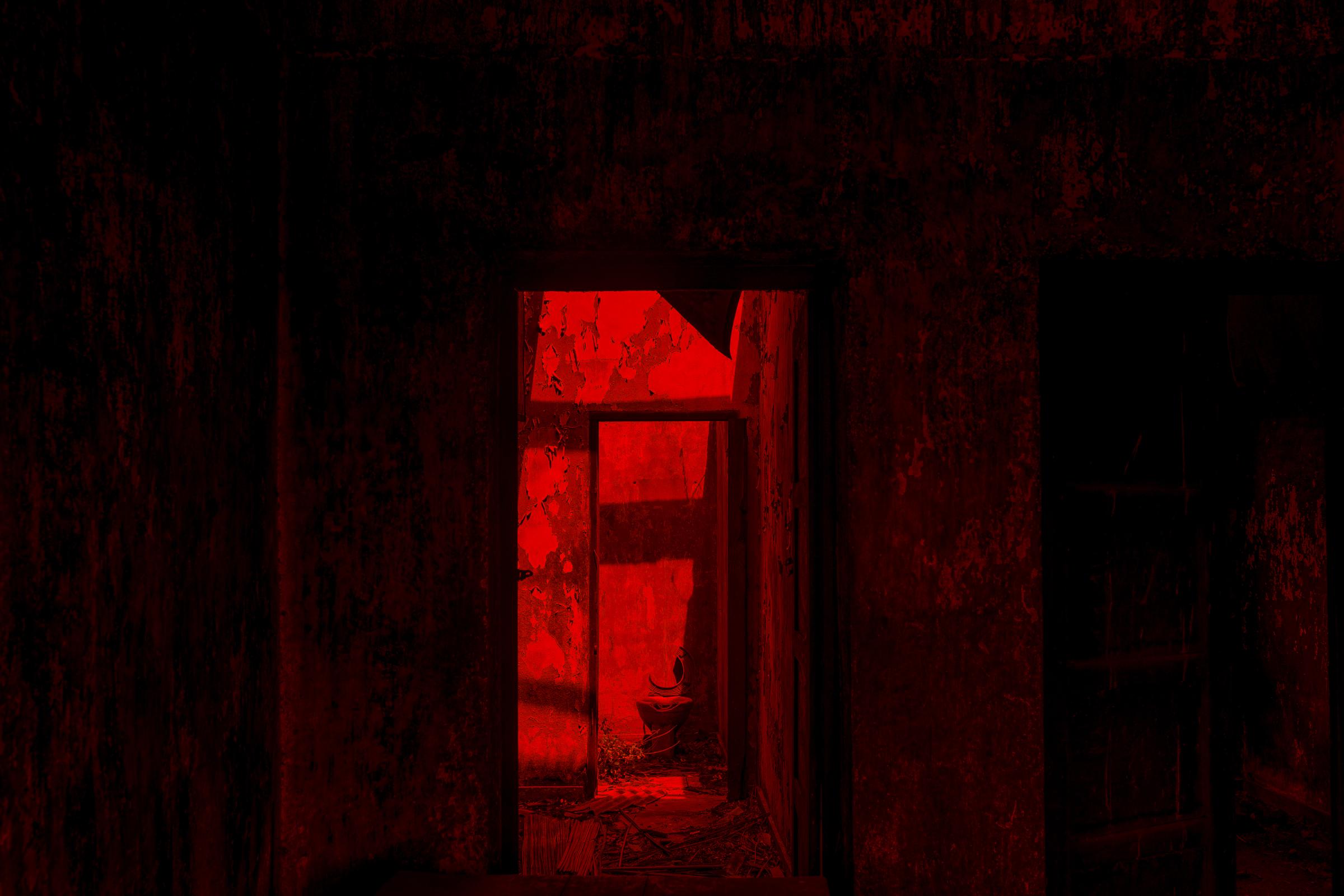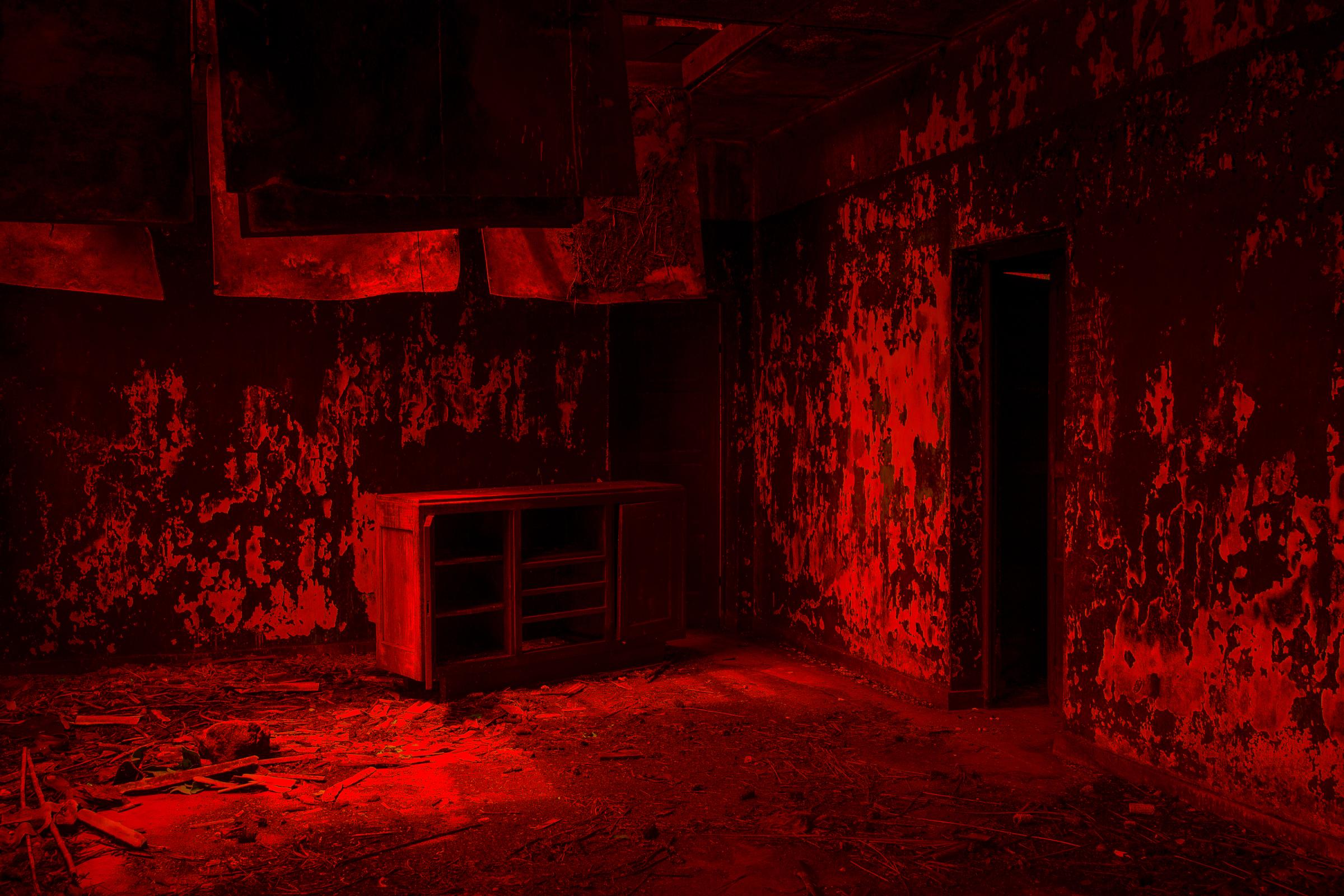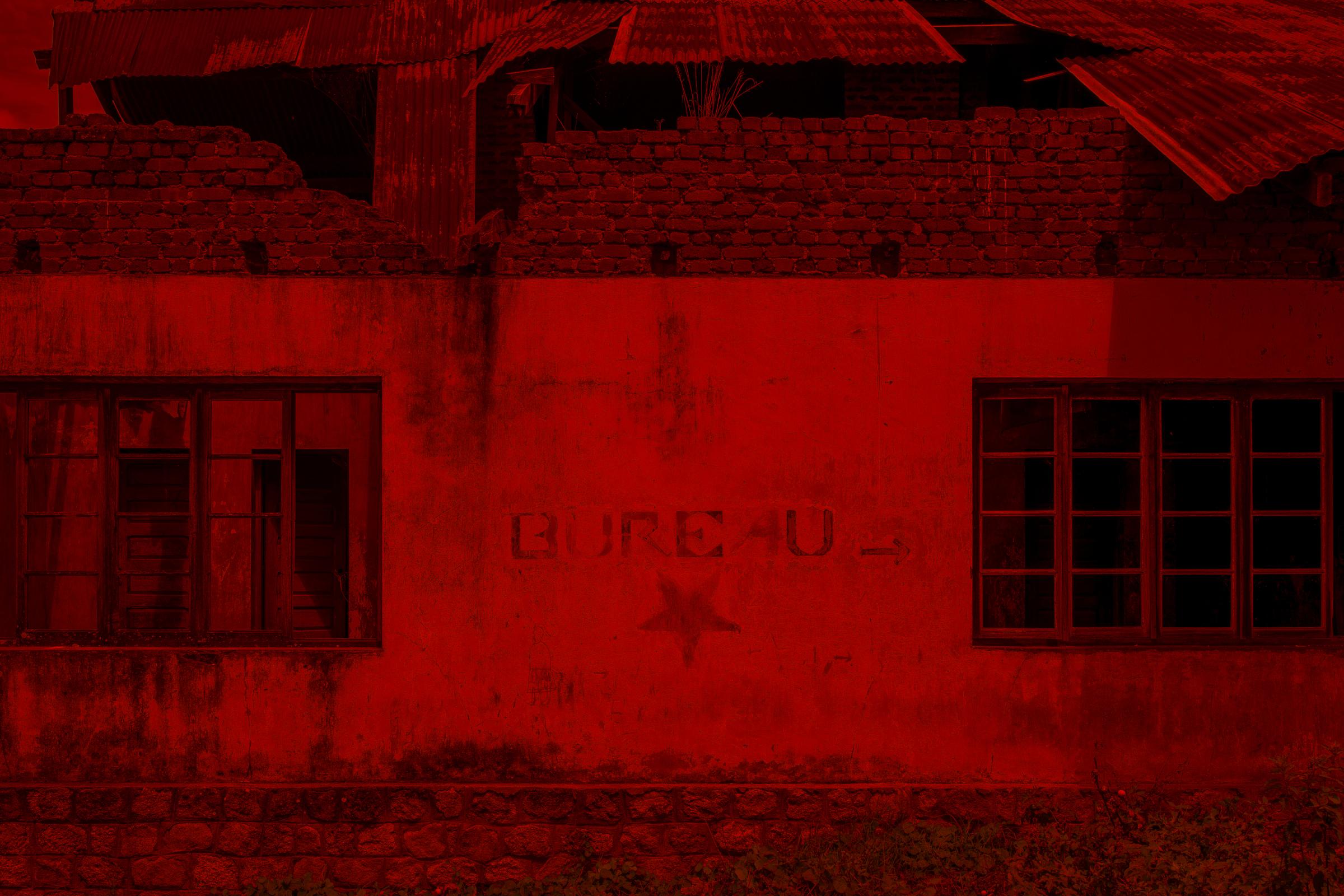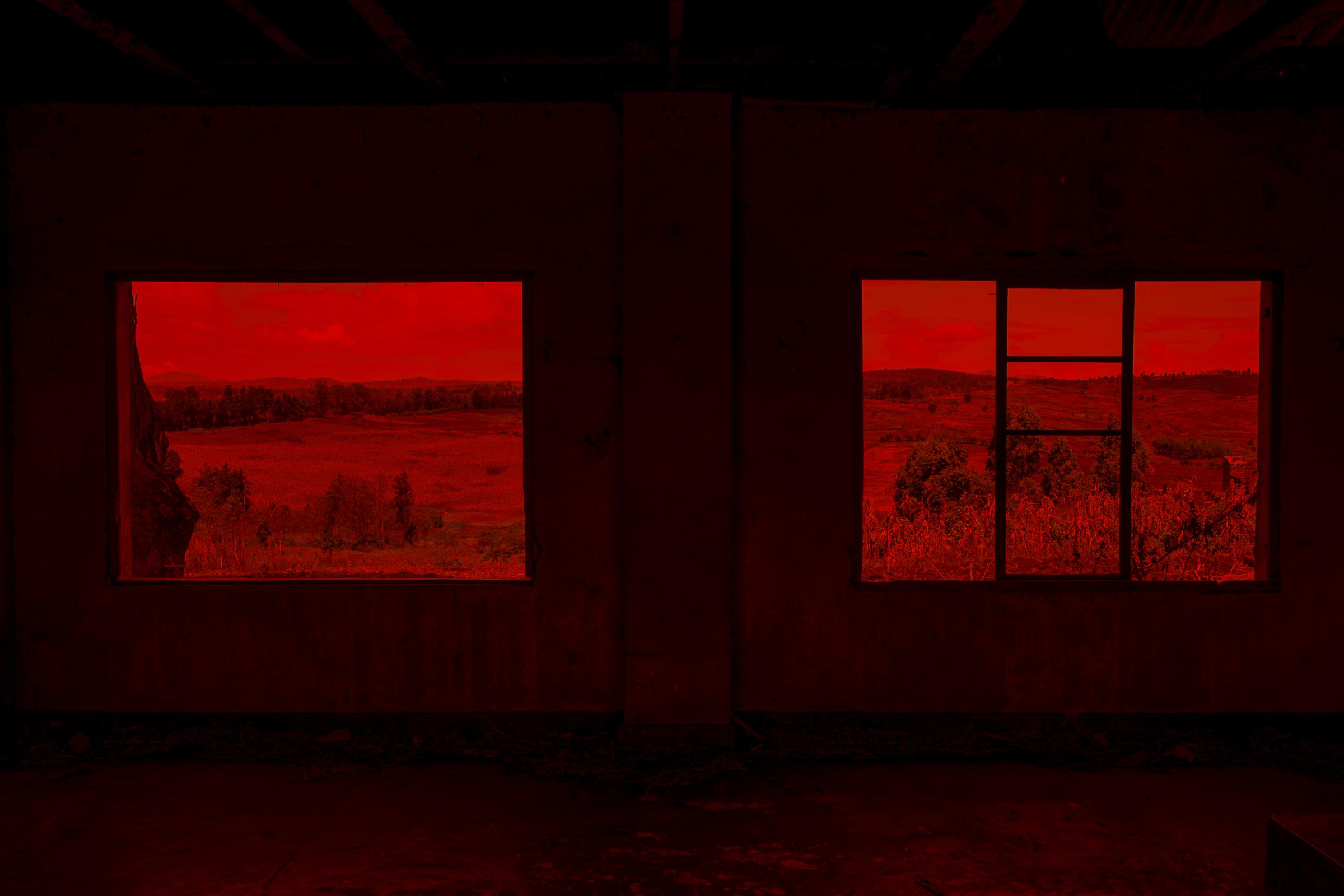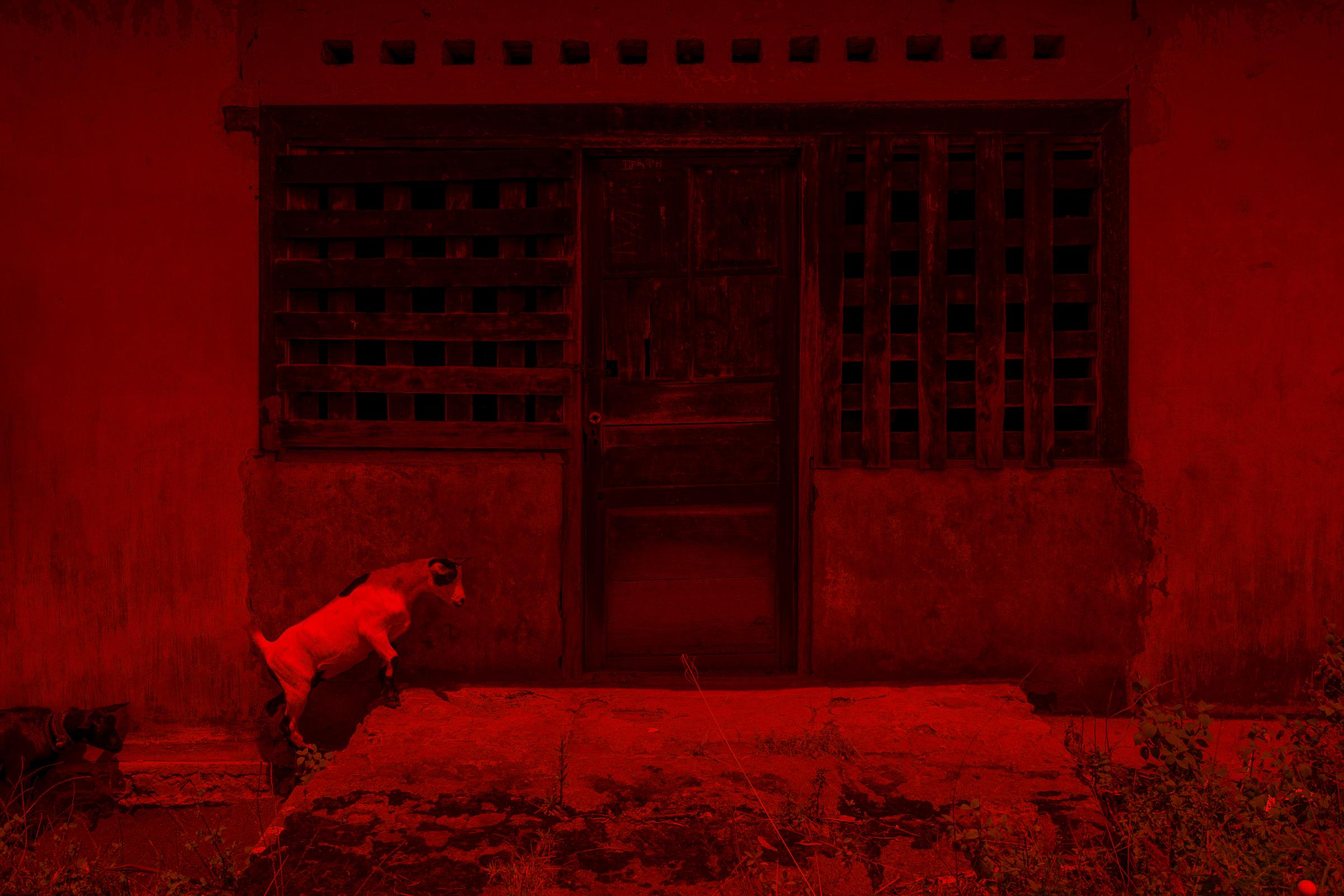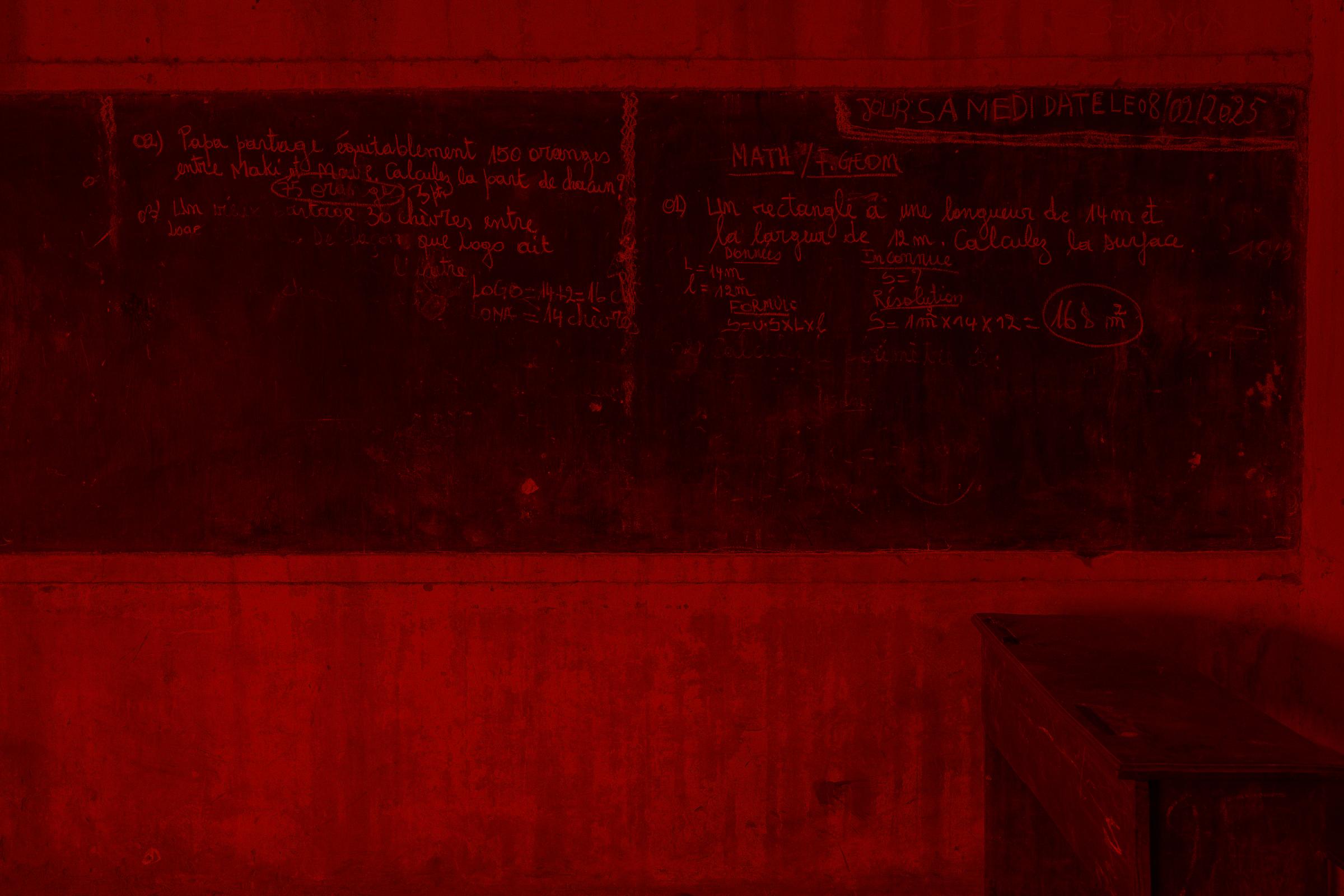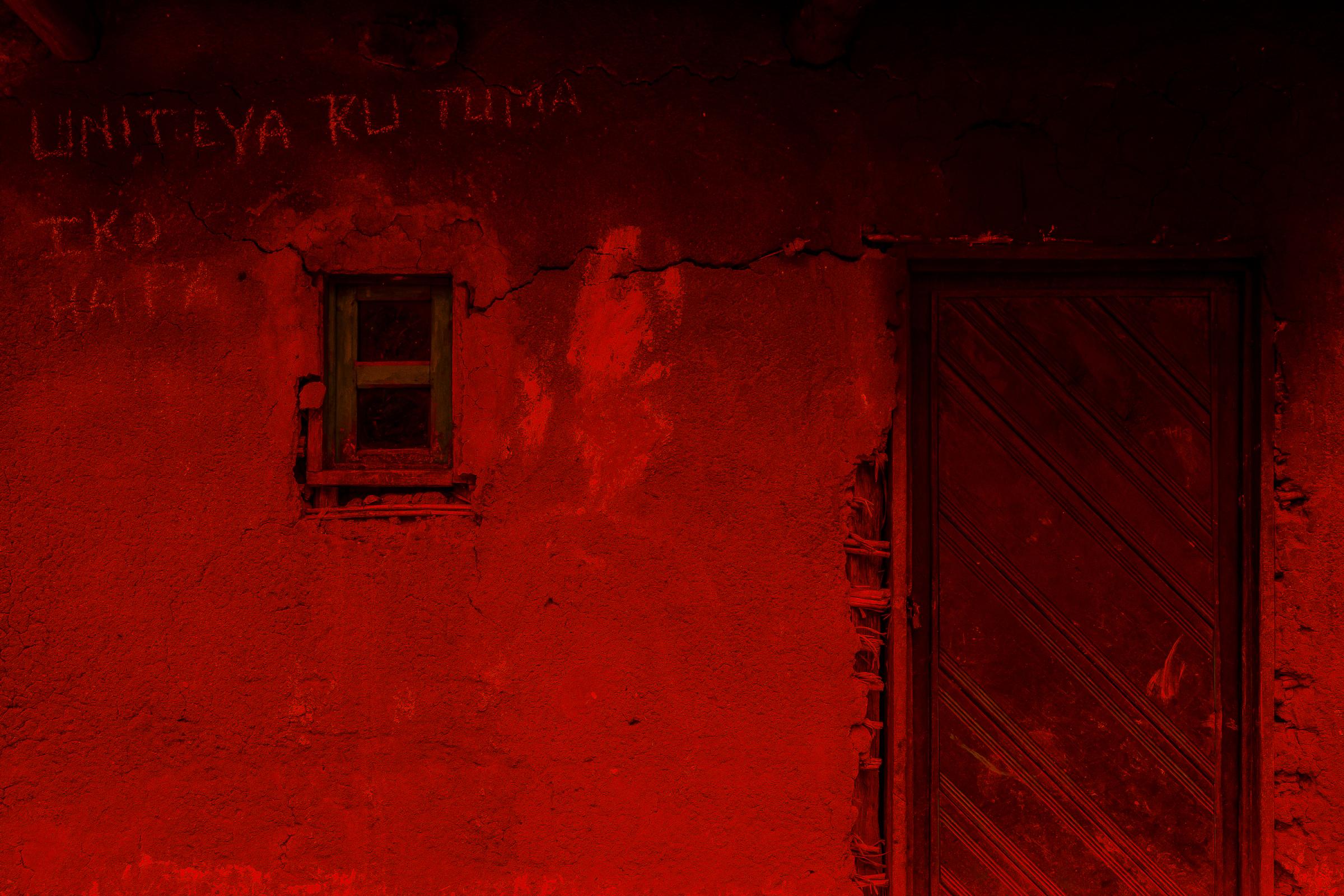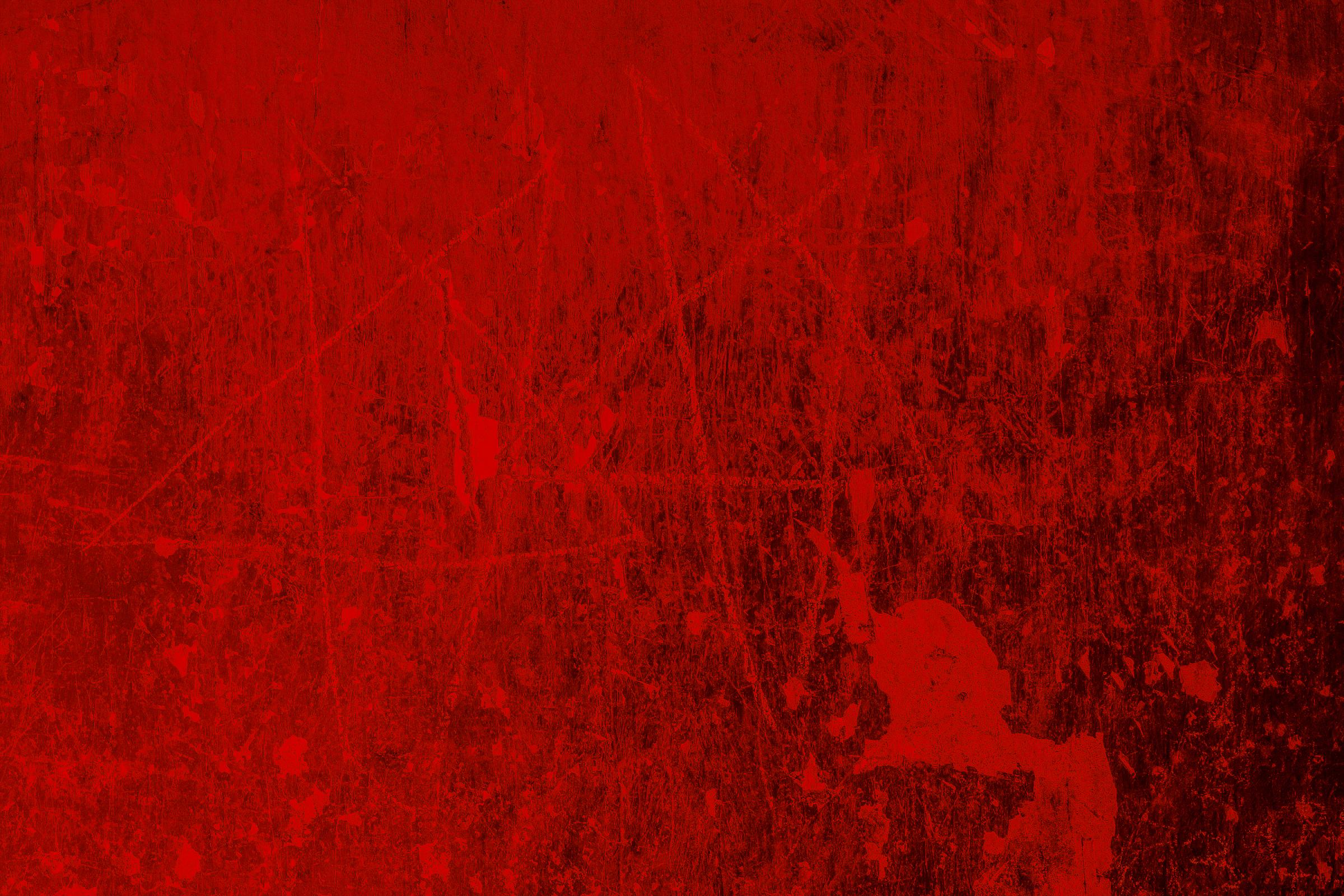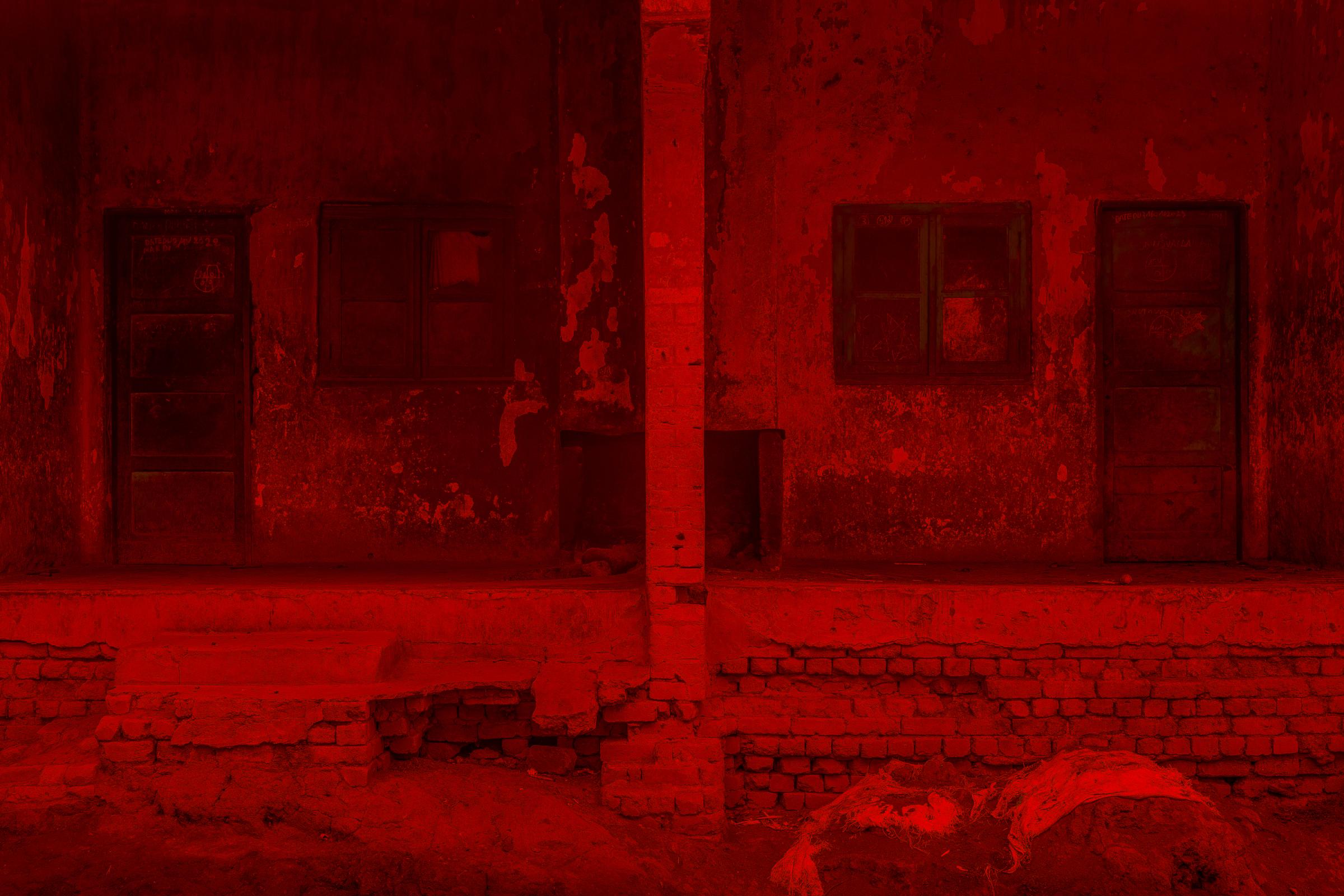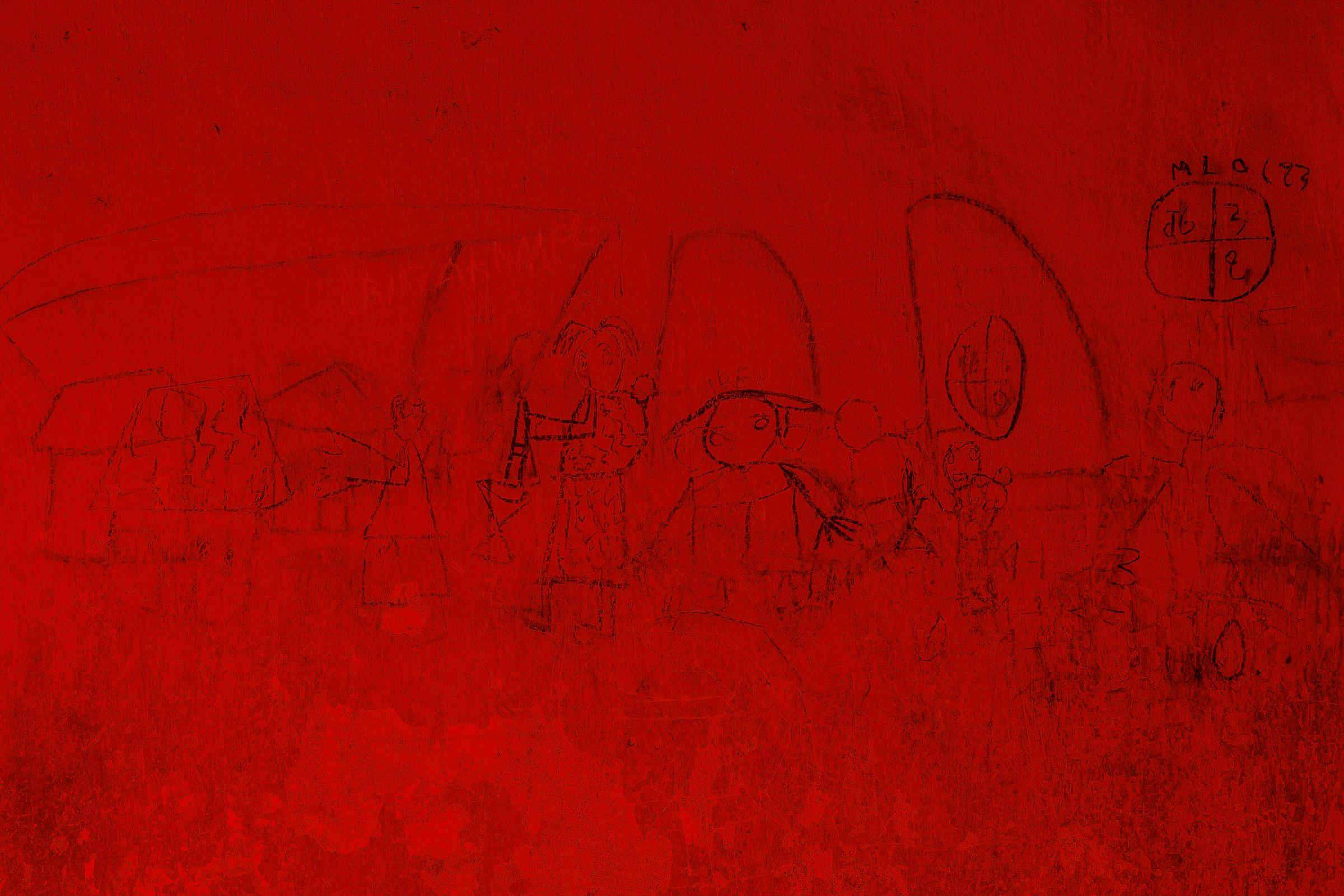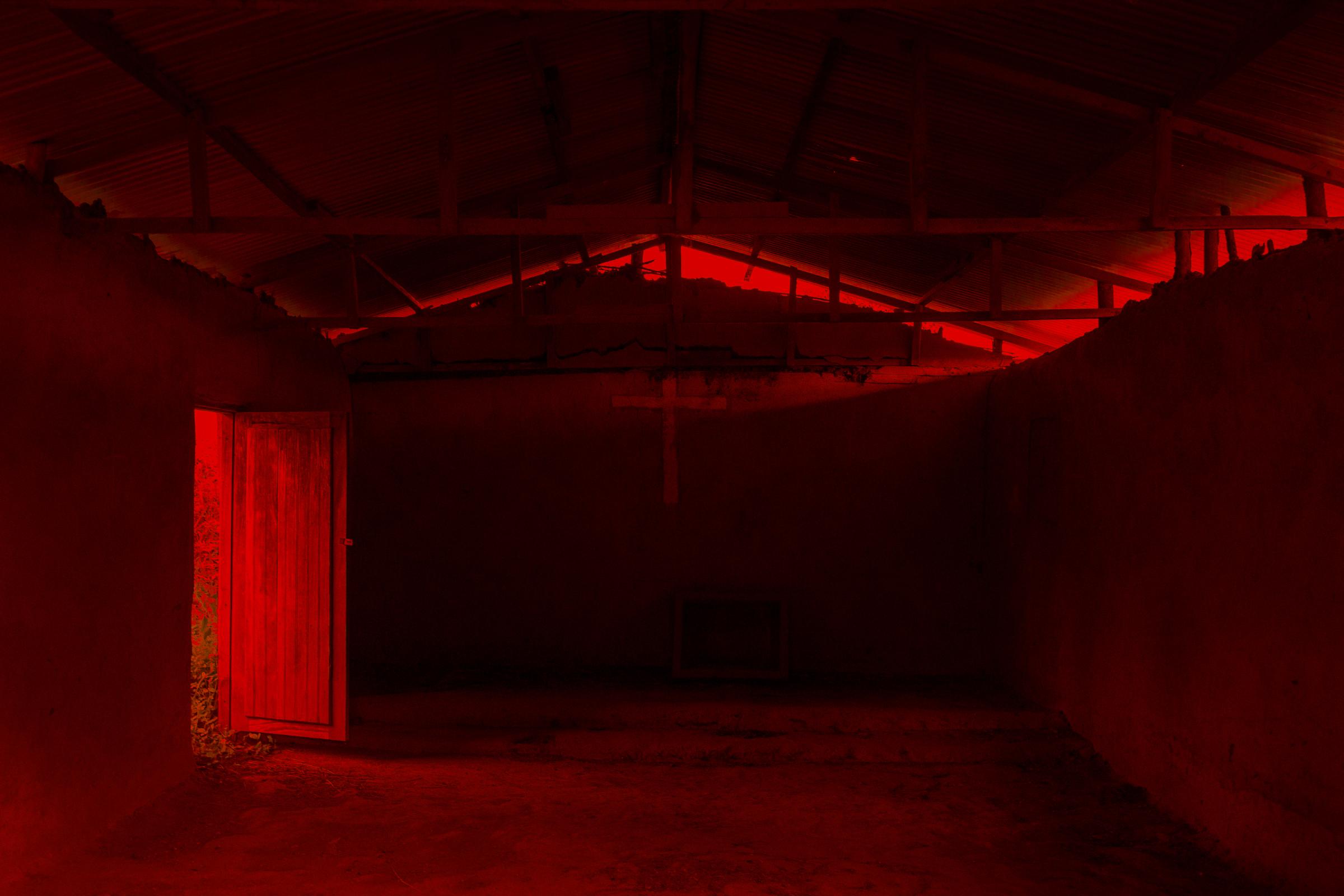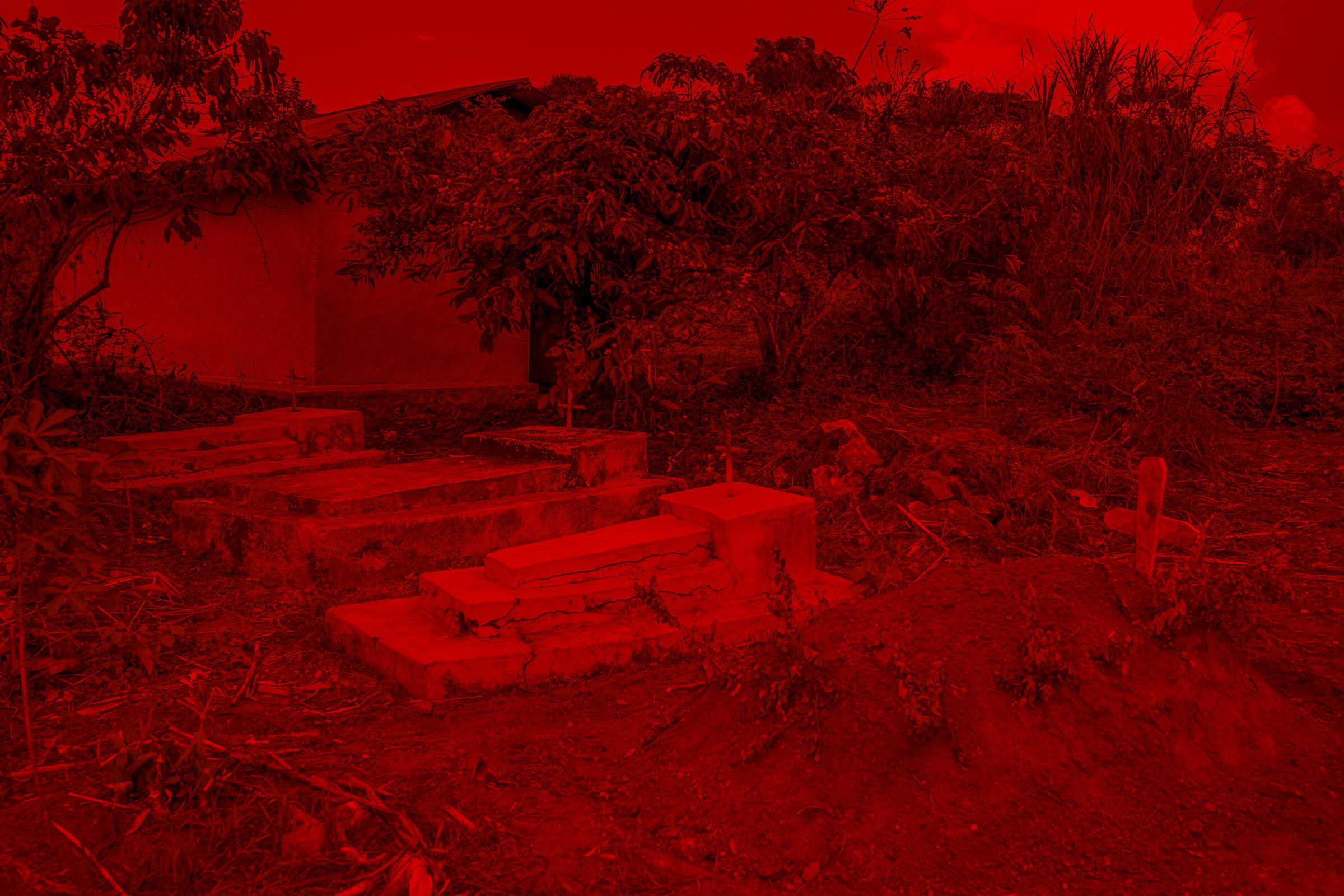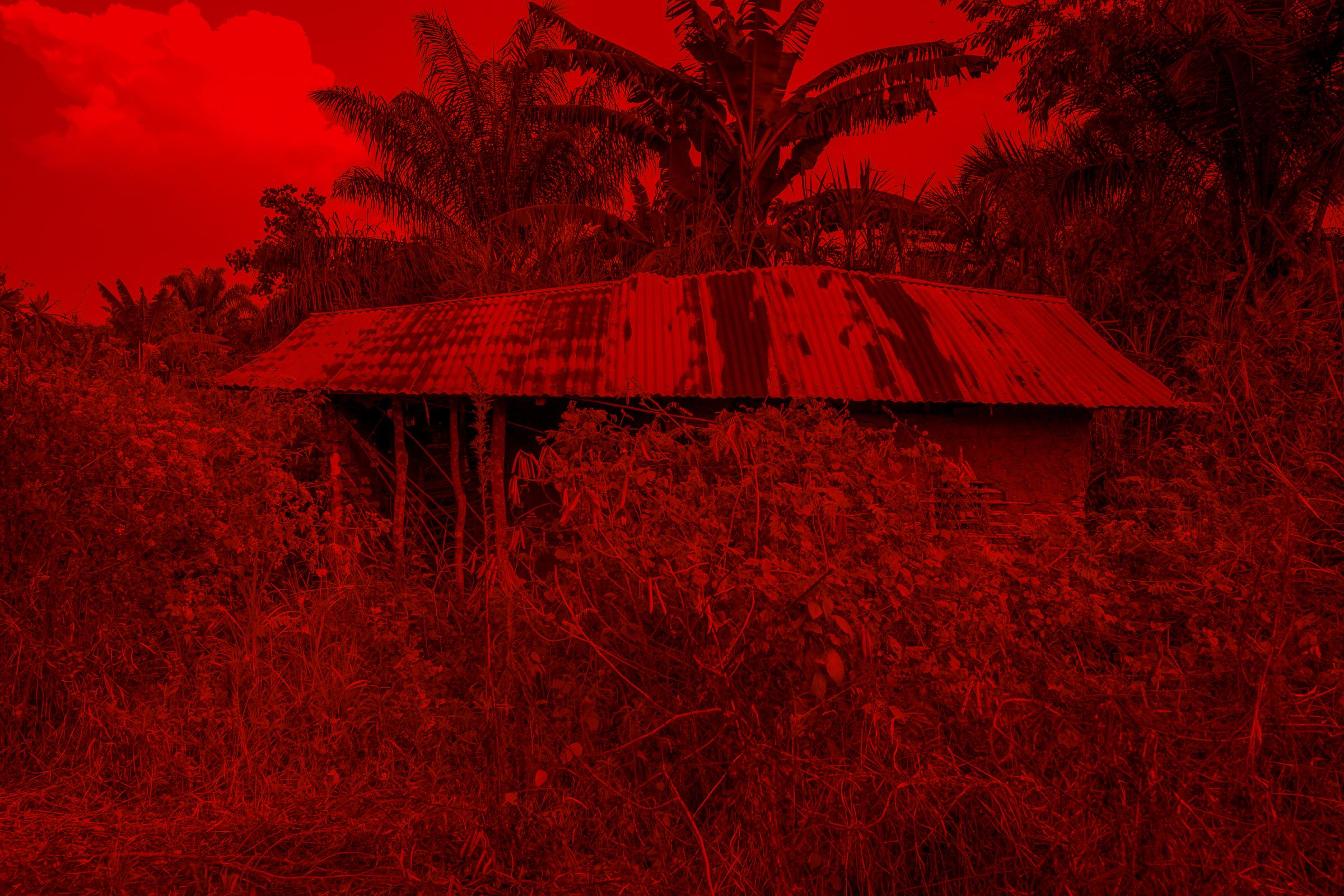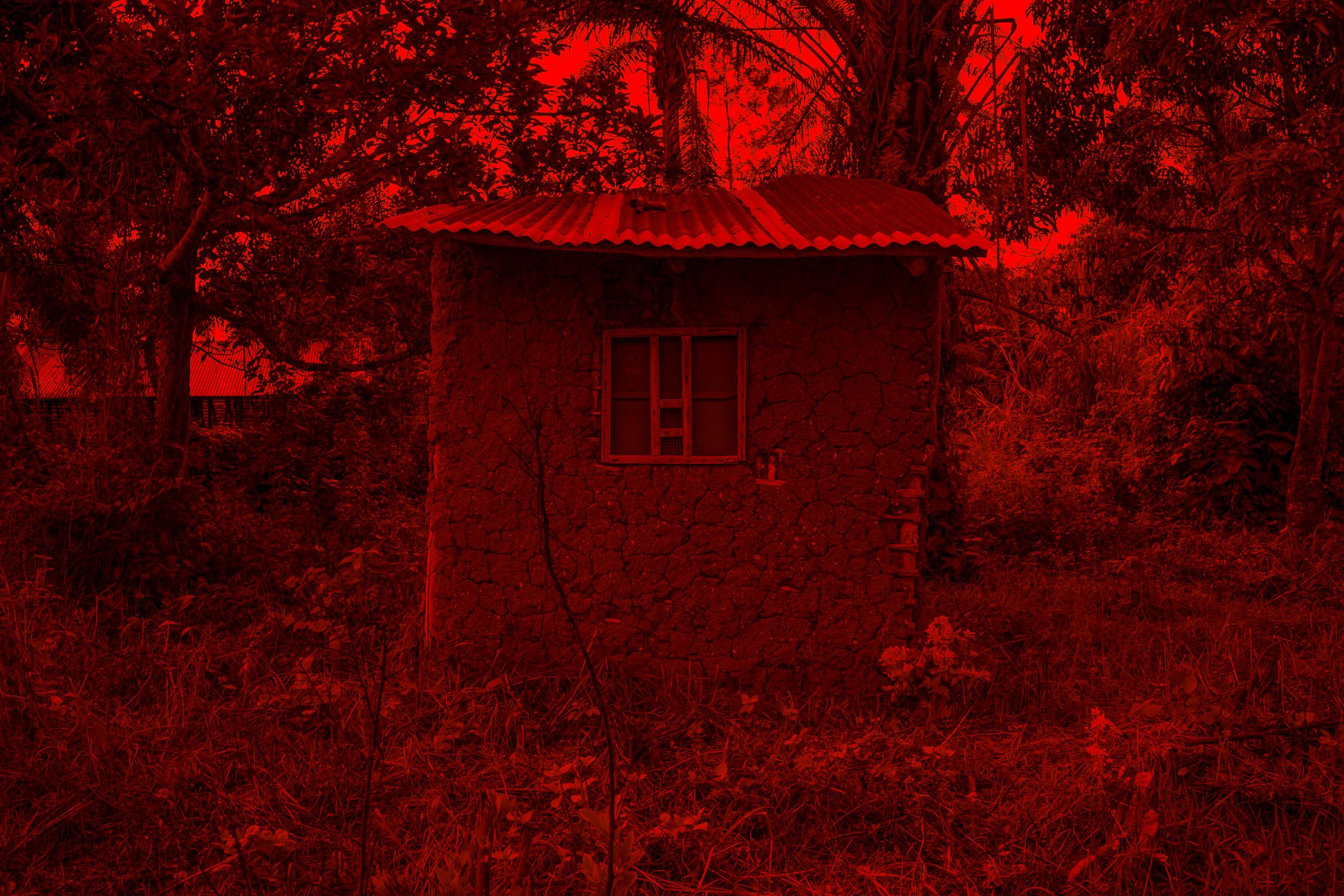This docu-fiction project is based on a sample of the village of Ngombenyama and Fataki in Bunia, in the Ituri province of eastern DR Congo, which has been a red zone for nearly 30 years. I see myself as an authentic witness and a loudspeaker for the Congolese people, or at least that's what I've been photographing for many years. This work amplifies the voice of the displaced in the Democratic Republic of Congo. According to a UN report, over 400,000 people have been displaced since the start of the year, and millions of lives have been lost since the conflict began.
The initial aim is to reveal what we barely see, the well-being that people have sacrificed to be crammed into camps for the displaced.
Secondly, to highlight the role of the Komanda and Fataki peacekeepers in protecting the civilian population.
In answer to the first question, it's relevant to worry about environmental issues where nature takes back what it originally gave us. It's crucial to document and archive it before it disappears. The information gathered shows that these villages remain myths when people still lived in peace and harmony.
Many times we are shown the camps of the displaced and the displaced people, my vision was to document this comfort that people abandon against their will. I see them as haunted, because a lot of blood was spilled before they decided to leave, and these houses have traces of memory, texts, drawings or signs that reflect lives lived in families and places of learning. Given the number of victims I was able to document and the number of peacekeepers who escorted me to do my photographic work, it's red that I see life in these spaces filled with memories of peace.
